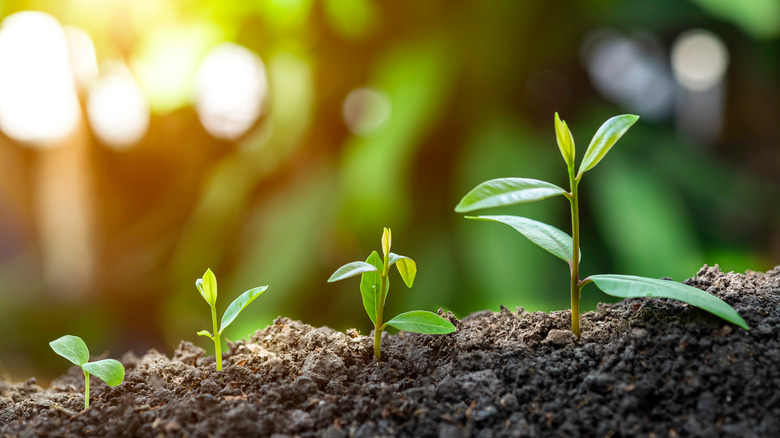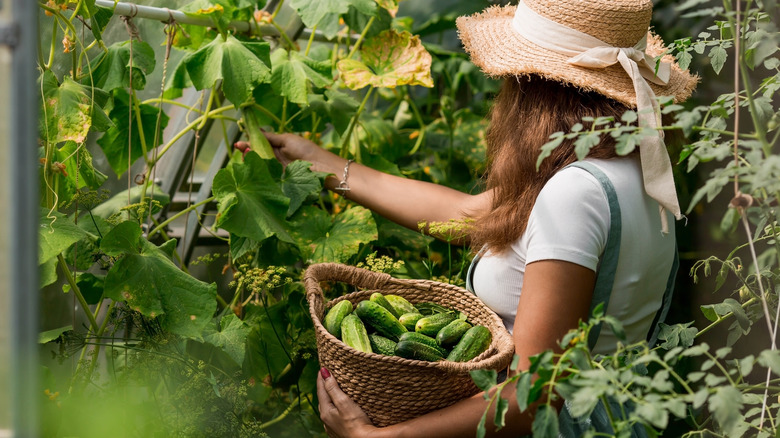How We Might Soon Be Producing Food Without Any Sunlight
Plants rely on a process called photosynthesis to absorb nutrients crucial to their development. This process converts the energy from sunlight, oxygen, and water into carbohydrates to fuel plant growth, per PlantedPot. Too little light can lead to pale leaves, weak stems, and a lack of blooms. If plants are trying to save energy to survive, they will not produce any food for themselves (via Sciencing).
The United Nations states that the global food shortage is only getting worse and that farmers are struggling to cope with rising costs associated with growing crops, reports AP News. The publication states that food sources have been impacted by climate change, income inequality, the coronavirus pandemic, and now the millions of people that have been affected.
As global demand for food grows, scientists are working to perfect ways to grow food without the use of natural sunlight to make growing crops easier and more efficient for farmers.
This could combat food shortages
An article published in Nature Food documents how scientists have been using new, artificial photosynthesis systems for plants to receive the nutrients that they need to grow. The article reports that most plants absorb carbon dioxide (CO2) at about 1% efficiency or less, but that this new method could up that percentage, helping food to grow faster and in a wider area of locations.
The study details the process of this artificial photosynthesis: an electrocatalytic process converts carbon dioxide, electricity, and water into acetate, which is then absorbed by the plants. SciTechDaily reports that the efficiency was almost eighteen times more than the standard sunlight conversion for certain plants.
Since crops need plenty of sunlight and a wide area to grow outdoors, this new method could help produce more food by helping the plants convert energy at a higher efficiency. Farmers may someday be able to use this method to grow plants in lower-light areas.

